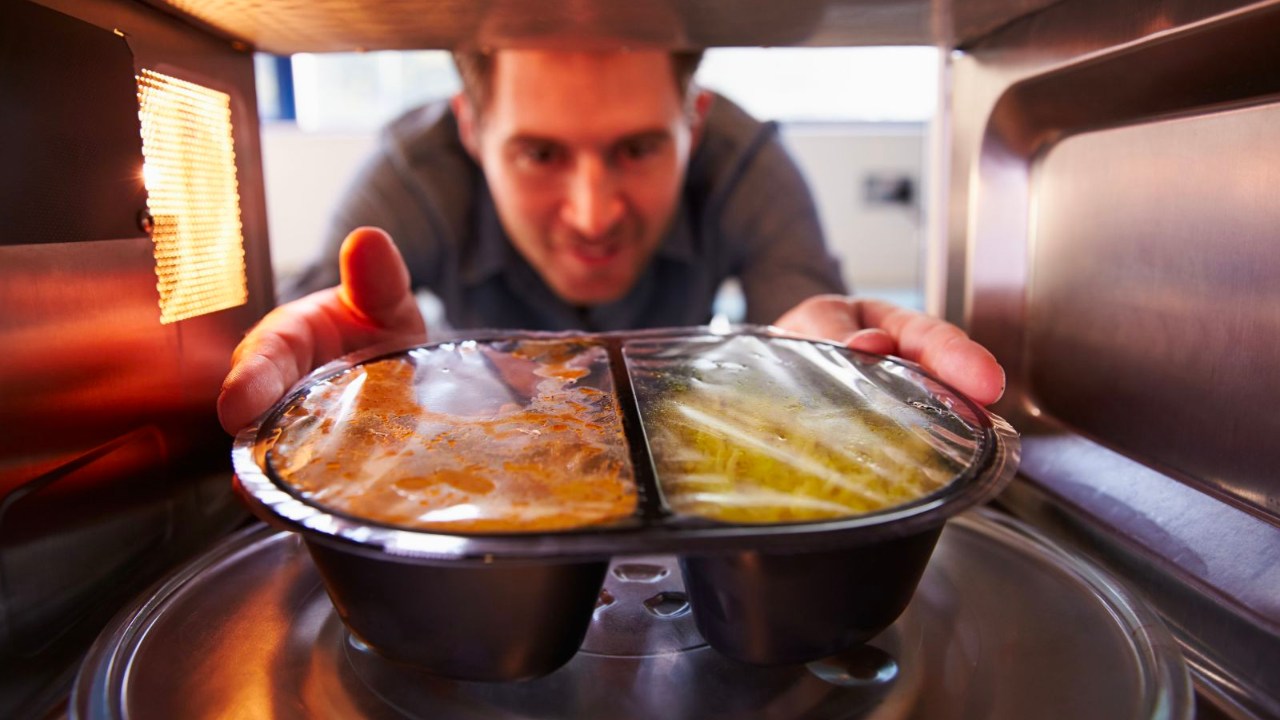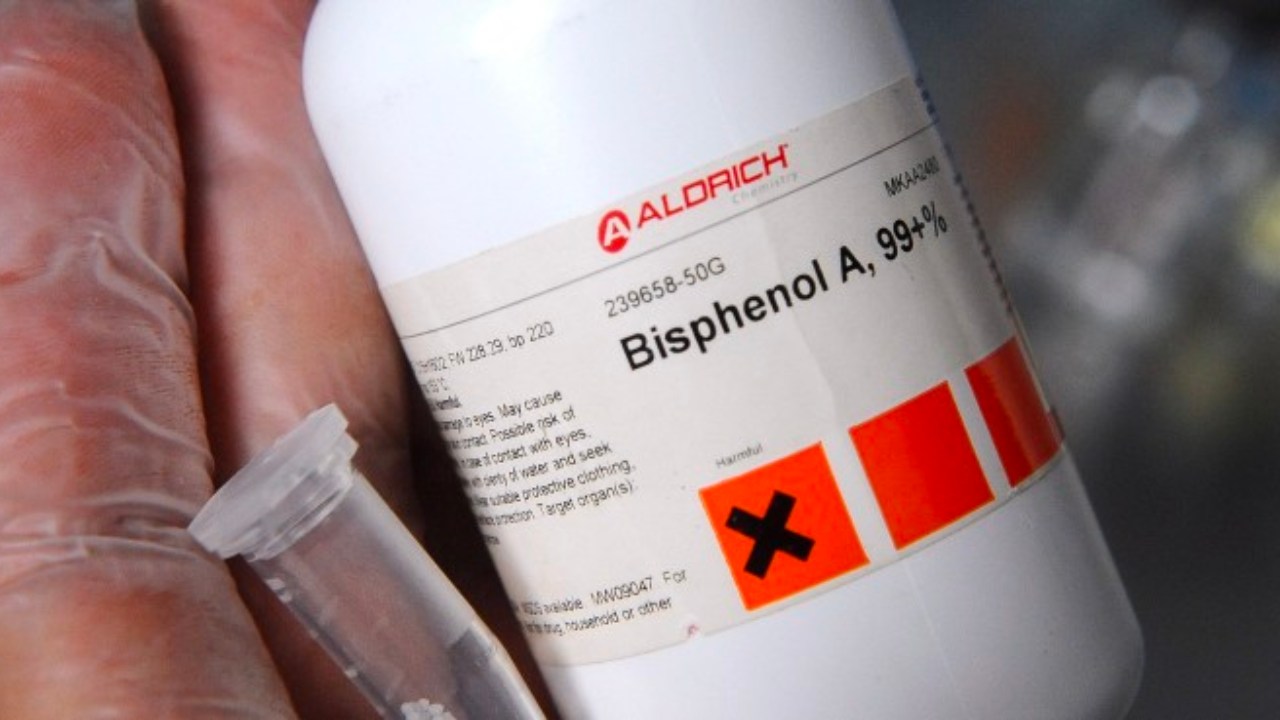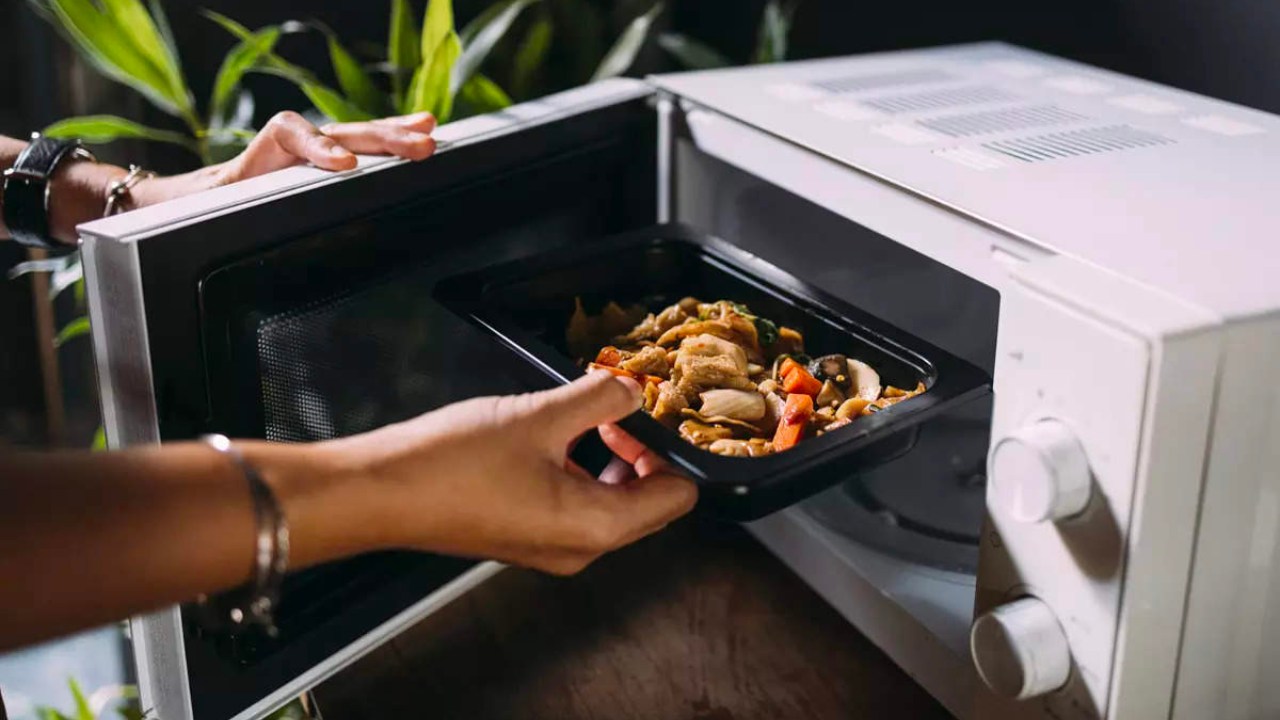We incorporate it into our lives without hesitation for reasons such as the fact that it is light, has been washed and used countless times, and because it offers practical use. How good is it to put plastic containers in the microwave?
Let’s answer this question that may have puzzled you for a long time, and Should we put our food and drinks in a plastic container in the microwave or not? let’s take a look at that.
Unfortunately, many plastics, from food packaging to coffee cups, contain harmful chemicals.

These chemicals have the power to negatively affect hormones such as estrogen and testosterone so-called endocrine disrupting chemicals These substances can also end up in the food we eat. So how?
There are basically two different ways this can happen. The plastics we use wear out over time and lose some small parts in their structure. The parts separated from the scuffs are called microplastics and these parts are Even if we are not aware of it, it ends up in our food.
Another way is to use endocrine-disrupting chemicals. leaching of plastics due to exposure to heat and thus mixing with our meals. In fact, putting plastic in the microwave only makes the situation worse. That’s because when plastic is heated, it’s more likely to leach out chemicals as well as release microplastics.
Let’s take a look at the chemicals that are in plastics.

Some of the endocrine disrupting chemicals in plastic products, Bisphenol A, more commonly known as BPA, and a class of chemicals called phthalates. In fact, both types of chemicals contribute to the stronger and longer life of the plastic, but on the other hand, they negatively affect the body’s hormones.
In particular, BPAs have been widely used in the manufacture of food storage containers, drinking glasses and baby bottles since the 1960s. This substance mimics estrogen functions and the consumption of BPAs, albeit in very small amounts. It causes a host of kidney problems. In addition, exposure to the chemical phthalate causes high blood pressure and cardiovascular disease.
At the moment, the relevant health institutions state that most of the BPAs that we consume unknowingly are excreted from our body without being absorbed, making us sigh.
As we all know, babies and children are at greater risk than adults when exposed to harmful chemicals. However, BPA In bottles from 2012 and in baby food packaging from 2013 use is prohibited.
In addition, experts emphasize that even plastic containers with the phrase “suitable for use in the microwave” are not 100% safe and the danger will always remain.

Also in plastic “No BPA, phthalates or other potentially harmful substances used” It is also stated that unless the phrase is encountered, these and similar harmful chemicals could very likely be present in these products.
In summary; Plastics are products that contain harmful chemicals due to their own formation. Moreover, she exposure to microwave ovens and various household appliances that emit heat, It is possible to say that it has negative effects on human health.
Sources: Healthline, Scienceline
Follow Webtekno on Threads and don’t miss the news
















